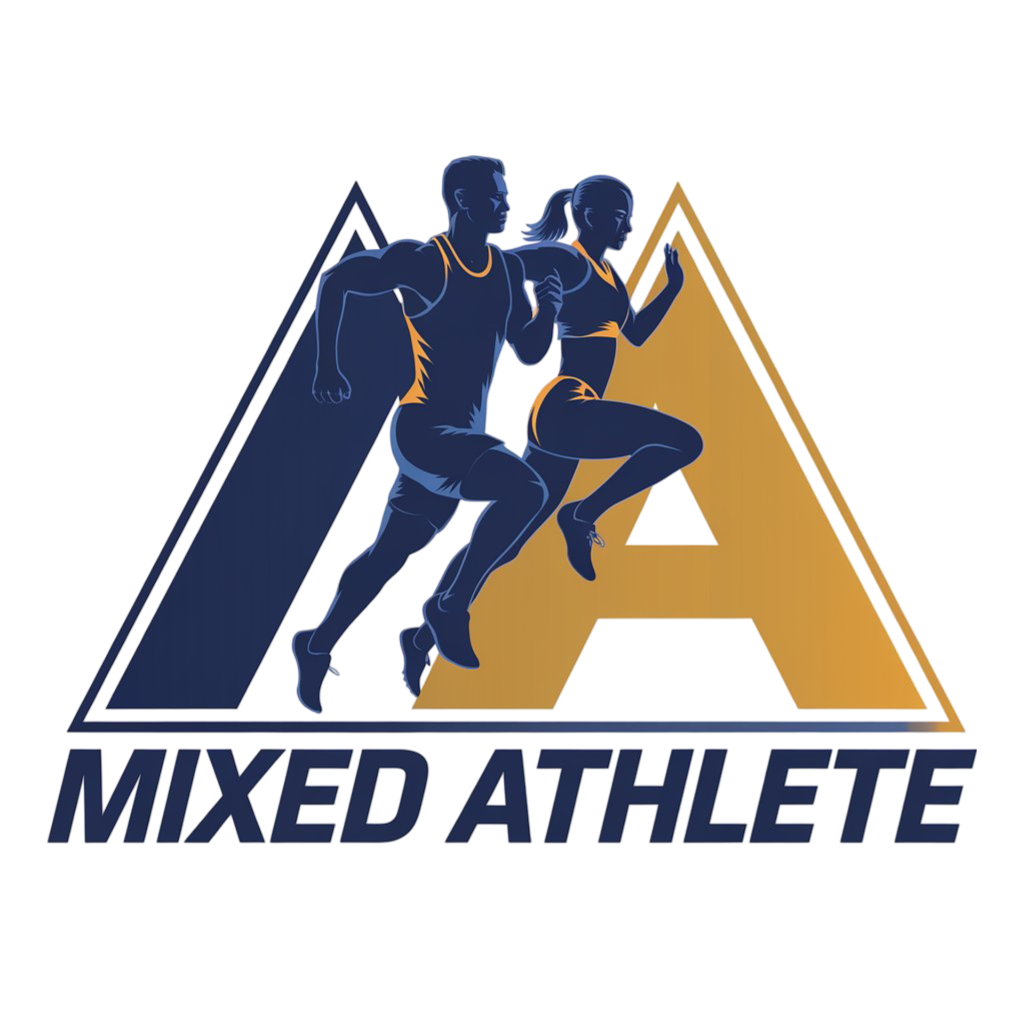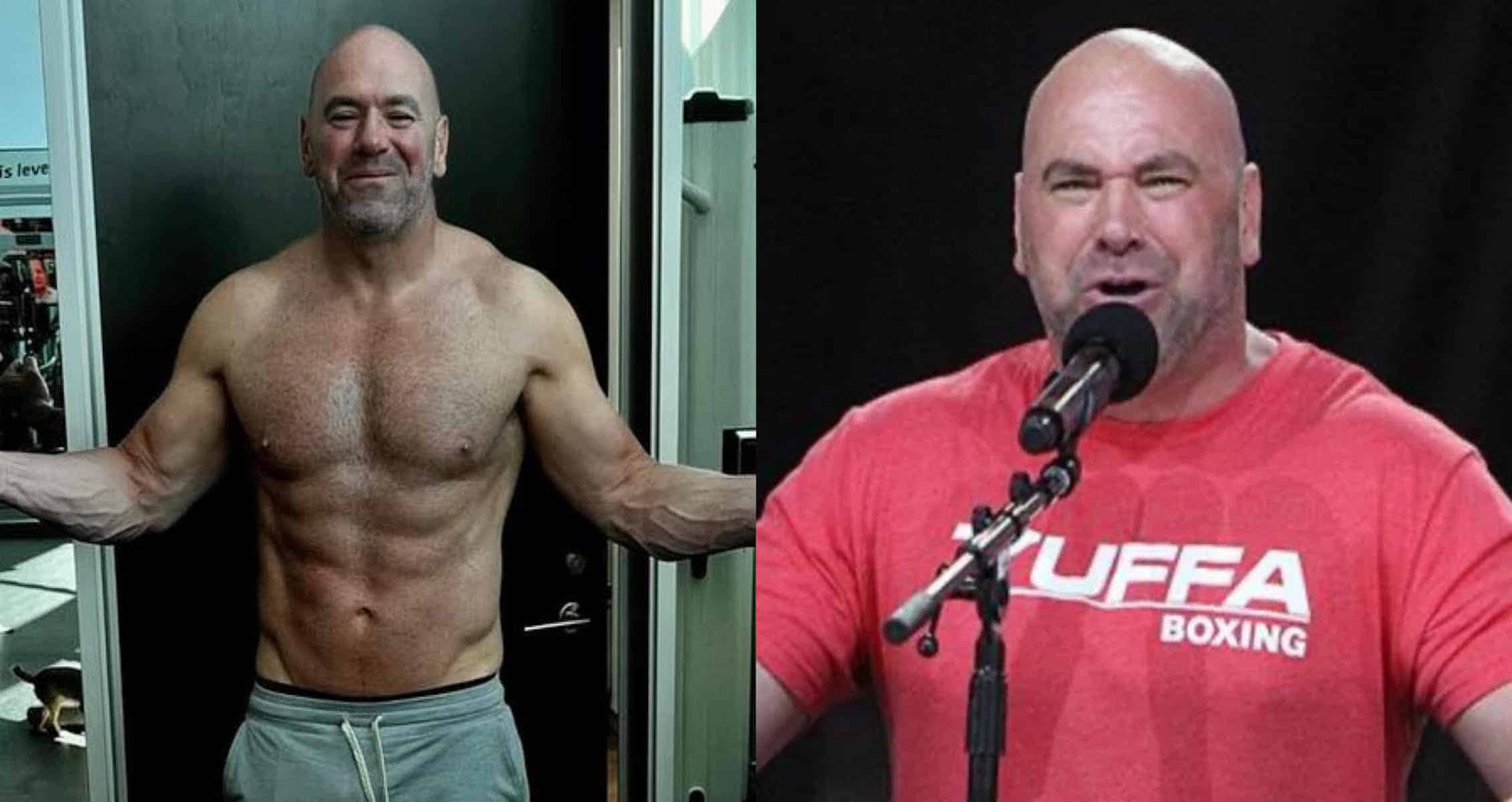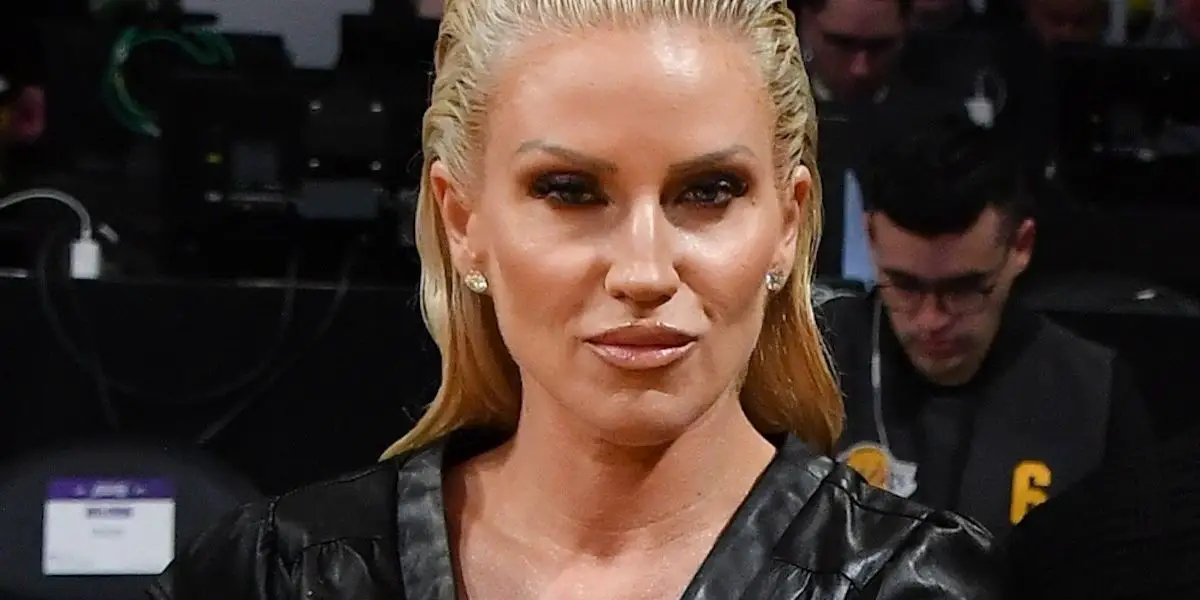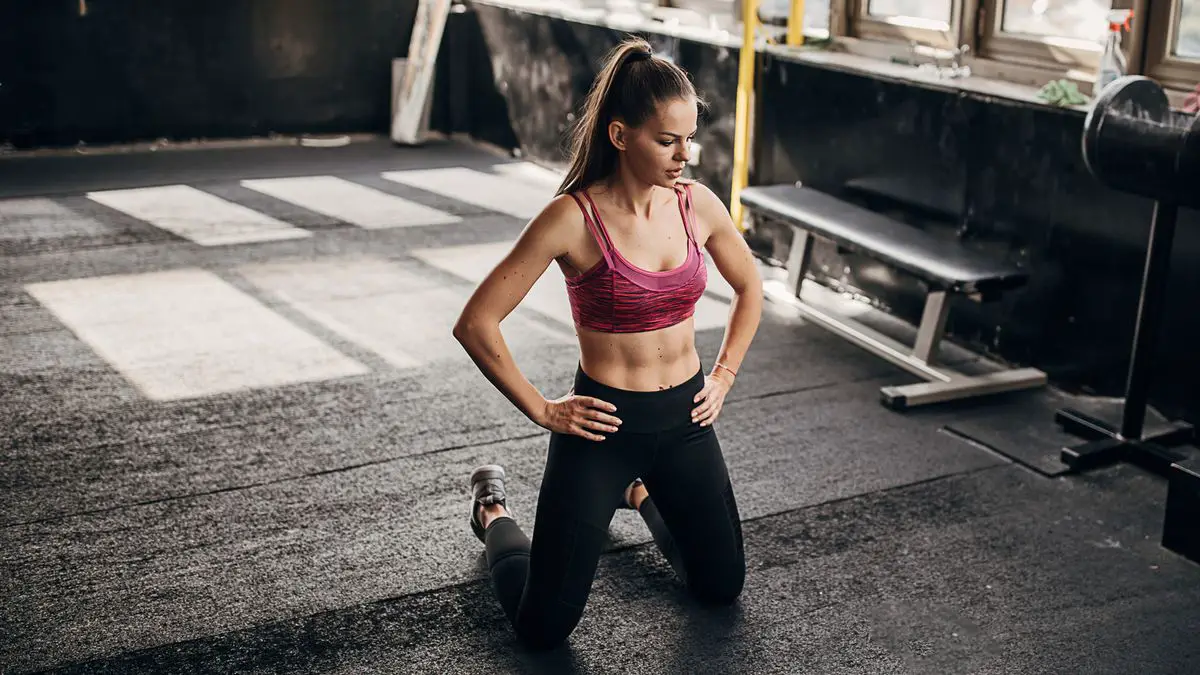
Dana White shifted his lifestyle after a doctor told him he had 10 years to live.
When you think of athletes like Jake Paul, Conor McGregor, Brock Lesnar, or Ronda Rousey, it’s natural to wonder about their intense training routines and strict diets. But behind these elite fighters is a mastermind who orchestrates the success of combat sports and entertainment: Dana White.
Dana White, the American business executive and president of the Ultimate Fighting Championship (UFC), has been instrumental in shaping the global mixed martial arts phenomenon. Yet, his health journey is equally inspiring. Once weighing an unhealthy 236 pounds, White recently transformed his lifestyle, shedding 40 pounds to reach a healthier 196 pounds.
So, how did he achieve such a remarkable transformation? This article explores Dana White’s workout routine and the critical dietary changes he embraced. Let’s dive into his approach to health and fitness — who knows, you might even be inspired to try it yourself.
Who Is Dana White?
Dana White is an Irish American born in Manchester, Connecticut. In his early days, he dropped out of college to work as a bouncer in an Irish bar, a bellhop at the Boston Harbor Hotel, and a lawyer. At 17, White started boxing and later decided to get into the fighting business, so he started a boxing gym in Boston with his friend.
In the 1990s, White left Boston for Las Vegas to run other boxing gyms while training in jiu-jitsu. He met Tito Ortiz and Chuck Liddell and decided to manage both athletes there. When Dana White learned that the UFC was up for sale, he seized the opportunity and contacted a few investors to acquire the company. Under White’s leadership, the UFC became a successful company, and Forbes valued it at $1.1 billion in 2008.
Health Changing & Workout Approach
The fights he was always involved in during his youth and his general lifestyle took a toll on White. One is that he suffered from the sleeping disorder sleep apnea. White was also overweight with poor blood work, meaning he was dying slowly.
He had a human biologist, Gary Brecka, who analyzed White’s metrics and gave him 10.4 years to live if he didn’t address his health problems. So Dana White started the 10x Health System Protocol to reverse his fate in less than ten weeks.
What Is the 10x Health System Protocol?
The 10x Health System Protocol is a system that is divided into four sections. The goal of this protocol is to improve your health and lifestyle, and White followed the following:
PEMF Pad
Dana White sleeps on this mat every night. The PEMF mat emits electromagnetic fields of different strengths and frequencies. This helps with relaxing, improving circulation, and reducing inflammation.
Cold Plunges
White does cold plunges first thing in the morning, jumping into 50ºF water for three minutes. He says it’s like drinking coffee in the morning, and it picks him up. While many benefits of cold water plunges are under debate, a study shows they can help with muscle recovery (1).
Cardio Exercises with Oxygen Therapy
When White emerges from the cold plunge, he starts his oxygen therapy. He wears a big-nose breathing mask that provides him with 93-95% oxygen, compared to the regular air we breathe, about 21% oxygen.
White wears this mask and gets on a treadmill to do a 10 to 12-minute workout doing a high-intensity interval training cardio session. This study shows that cardio exercises improve cardiovascular health and overall quality of life (2). The oxygen therapy helps boost his oxygen flow into the body, increases endurance, and reduces fatigue.
Red Light Therapy
Finally, after his oxygen therapy, Dana White lies on a red light therapy bed for 20 minutes. The bed uses wavelengths of near-infrared and red light to penetrate the skin, promoting cellular regeneration and repair and reducing inflammation and pain.
Dana White’s Workout Routine
Dana White’s workout routine involves using light weights for high reps, and he likes to superset all his exercises.
Day 1 — Upper Body
| Exercises | Sets | Reps |
| Superset — Smith Machine Incline Press & Cable Row (Neutral Grip) | 3 | 12 – 15 |
| 3 | 12 – 15 | |
| Superset — Machine Chest Press & Lat Pulldown | 3 | 12 – 15 |
| 3 | 12 – 15 | |
| Superset — Machine Lateral Raise & Dumbbell Curl | 3 | 15 – 20 |
| 3 | 15 – 20 | |
| Superset — Cable Triceps Overhead Extension & Cable Triceps Pushdown | 3 | 15 – 20 |
| 3 | 15 – 20 |
Day 2 — Abdominals & Lower Body
| Exercise | Sets | Reps |
| Superset — Hack Squat & Leg Curl | 3 | 12 – 15 |
| 3 | 15 – 20 | |
| Superset — Leg Press & Leg Extension | 3 | 12 – 15 |
| 3 | 15 – 20 | |
| Superset — Seated Single-Leg Calf Raise & Back Supported Leg Raise | 3 | 15 – 20 |
| 3 | 15 – 20 | |
| Superset — Medicine Ball Crunch & Plank | 3 | 15 – 20 |
| 3 | 60 seconds hold |
Day 3 — Upper Body
| Exercise | Sets | Reps |
| Superset — Dumbbell Incline Press & Lat Pulldown (Close Grip) | 3 | 12 – 15 |
| 3 | 12 – 15 | |
| Superset — Incline Chest Press Machine & Dumbbell Row | 3 | 12 – 15 |
| 3 | 15 – 20 | |
| Superset — Dumbbell Lateral Raise & Machine Preacher Curl | 3 | 15 – 20 |
| 3 | 15 – 20 | |
| Superset — Dumbbell Overhead Triceps Extension & Cable Triceps Pushdown | 3 | 15 – 20 |
| 3 | 15 – 20 |
Day 4 — Abdominals & Lower Body
Dana White’s Diet
Dana White’s health and physical transformation can also be credited to his diet choices. He eats high-protein foods with fewer carbs. White also incorporates intermittent fasting into his diet routine, eating only from 2 p.m. to 7 p.m. daily. Here’s his average meal for the day.
Lunch
Snacks
- Vegetables
- Chicken Breasts
- Avocado
- Dinner
- Olive Oil Based Dressing
- Salmon
- Large Green Salad
Follow Generation Iron on Instagram, Facebook, and Twitter for more celebrity training and diet protocols!
References
- Grgic J. (2023). Effects of post-exercise cold-water immersion on resistance training-induced gains in muscular strength: a meta-analysis. European journal of sport science, 23(3), 372–380. https://doi.org/10.1080/17461391.2022.2033851
- Nystoriak, M. A., & Bhatnagar, A. (2018). Cardiovascular Effects and Benefits of Exercise. Frontiers in cardiovascular medicine, 5, 135. https://doi.org/10.3389/fcvm.2018.00135





